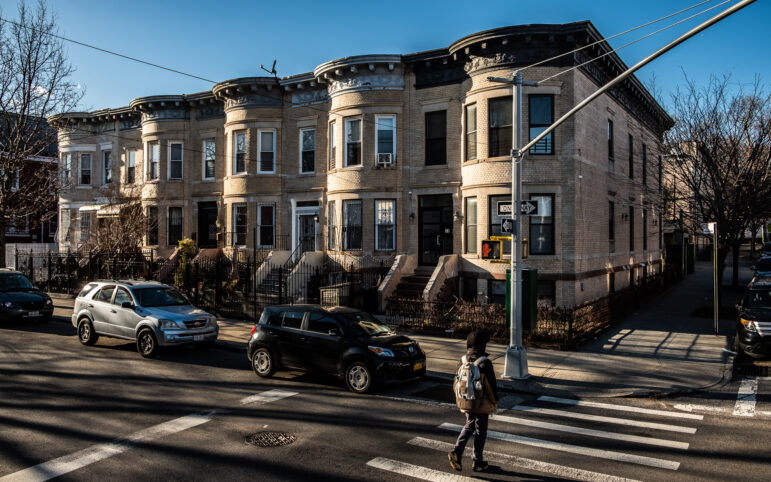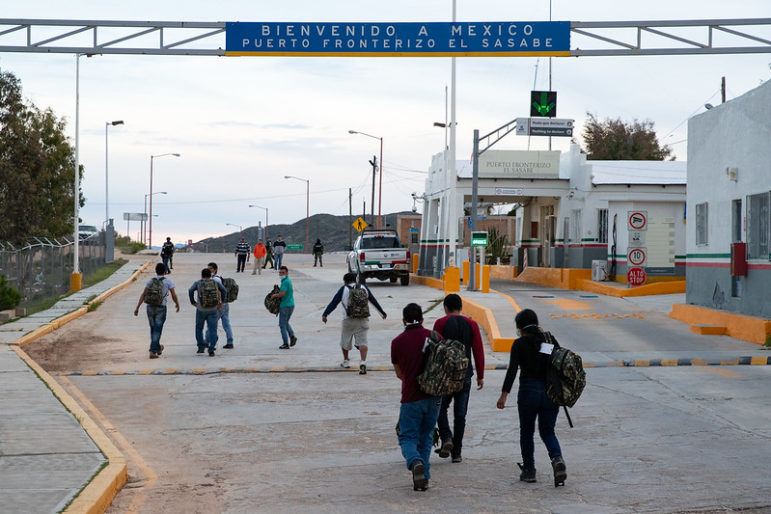As high temperatures and humidity blanket the Midwest and East Coast, New York and other cities are taking measures such as opening up cooling centers to prevent health risks associated with high heat.
In Heat Wave: A Social Autopsy of Disaster in Chicago, Eric Klinenberg, a professor of sociology at New York University explored the 1995 heat wave in Chicago—in which as many as 700 people died–and how social status related to heat-related deaths there. On Thursday, Klinenberg spoke to City Limits about his work and the current high temperatures affect cities.
Q: As a sociologist, what intrigued you about the heat wave?
A: Several people questioned whether the heat wave disaster was “really real” – that was the phrase that recurred at the time. Was the catastrophe really real? There was skepticism: ‘maybe it wasn’t actually that bad.’ I found that was a bit puzzling. So I tried to understand it a little bit and it turned out that very quickly in the event the city government, particularly the mayor, but also many other city leaders, started questioning the autopsy findings of the medical examiner. While the medical examiner kept reporting that hundreds of people were dying of heat, but the city leaders were saying that, ‘you can’t count these all as heat deaths. Lots of people die in summer of all causes, you’re playing with the numbers.’ That was the first thing that really caught my attention, is that – How is it possible that you can live in a city where there’s huge numbers of people dying and there’s this major catastrophe, you see the bodies, and you’re still questioning whether it’s really real?
Q: What are some of the social reasons people might be skeptical about heat disasters?
A: The people who usually die in heat waves are themselves invisible. They’re elderly; they’re poor. They’re often African American. They live in the most impoverished and abandoned parts of our cities. Yet another reason is that for most people, heat waves are easily managed: You simply turn on an air conditioner. It became implausible that someone can die of a heat wave, because they’re not like hurricanes where you can’t get out of their way unless you evacuate and go far away.
Q: What is the difference between a heat wave that may be inconvenient but is relatively benign, and a heat wave that is dangerous? Or could a heat wave be benign for some people, but not others?
It could be, sure. For instance, on any hot day in the summer, a child left inside of a car with the windows rolled up could easily die. In fact, that often happens during summer weather. On any very hot day an older person who lives on a high floor of a brick building and has all the windows closed and no air conditioning can bake in their apartment.
But heat waves become massively deadly when there is high temperatures and high humidity that lasts more than forty-eight hours. The lack of evening cooling is a real danger because it doesn’t provide natural relief to people who don’t have air conditioning. That’s one reason why heat waves are so much deadlier in cities than they are outside of cities.
Cities are heat islands. They attract heat, but they also trap the heat, and in cities you don’t get the evening cooling sometimes that you get in suburban and rural areas. So heat waves really pinpoint urban residents, and particularly residents of the poorest and most abandoned neighborhoods.
In 1995, there was no evening cooling. The temperature stayed above 80 degrees even at night. The temperature reached 106 degrees at one point, and the heat index – which is like the wind chill, it’s kind of a measure that tells what the typical person experiences – reached 126 degrees at one point. It’s going to be hot in New York City today and tomorrow but nowhere near that hot.
Q: Since heat waves are not given the same attention as, say, tornadoes and other natural disasters, are serious heat waves as rare as they seem?
A: They’re not rare. In a typical year heat waves kill more Americans than all the other so called natural disasters combined. That’s hurricanes, tornadoes, earthquakes, and floods. We have a hard time believing that, but it’s true. Moreover, all the serious climate science says that we’re going to see more heat waves and more hot heat waves in the future and probably in the near future. This might feel like an extreme week of summer, but thirty years from now, it looks like weeks like this will be much more common.
Q: How do you understand a heat death to be determined?
A: One of the things that I think is really interesting on this issue is the variation in heat deaths by city. New York often reports very low heat mortality, whereas Chicago famously reported high heat mortality in 1995. The truth is that there is no single-accepted standard for diagnosing or determining a heat death. Last time I checked, at least [in] New York City… the chief medical examiner uses a very conservative measure of heat death. Someone had to die of heat stroke and had to be examined with a high body temperature. I don’t know exactly what the body temperature was, but it’s like 105 degrees. Whereas in Chicago, they used a broader definition of heat death, which included finding a body in a stifling environment where the windows were closed and heat was a clear contributor of mortality. It’s always been an interesting question to me why there’s not a more unified standard of what counts as a heat death.
The way that epidemiologists have solved this problem is by relying on what’s called the excess death figure, by which they mean they look at how many people died in a week when there was heat wave, and then they compare that to the same week in previous years. So say July 20th to 27th, they’ll look at that for several years before the year in which there’s an extreme heat event, and the excess death figure is simply the spike in the death rate that they can observe that week. You obviously have to rule out other potentially large causes of death, if there’s like a flu epidemic or something like that.
But you can get much more reliable data on the severity of the heat wave and actually doing it that way helped us identify a whole series of deadly heat waves that had not registered on the historical record. It’s obviously very difficult to count all the heat deaths in large sprawling cities because we don’t typically do autopsies on most people who die. And there are often contributing factors to death that don’t look like heat. So historically we have failed to recognize how deadly heat can be for that reason. I’m concerned that there are more heat deaths in New York City than we commonly acknowledge.
Q: Do you think since 1995, there have been any improvements, in terms of social justice, to make heat waves less deadly?
A: I don’t think social justice has advanced since 1995. I wish it had. If anything, I think things have gotten worse. There are more people who are struggling to pay the bills, more people who can’t afford their electricity bills, more people who can’t afford to have air conditioning. There are more old people living alone, and there are fewer resources from local governments to provide [to them].
In New York City there have been very contentious political debates about meal-on-wheels for instance. Should we provide a live human being with a hot meal to older people who are frail and homebound every day? Or should we give them frozen [food] once or twice a week and not have that human contact? How much home care c








